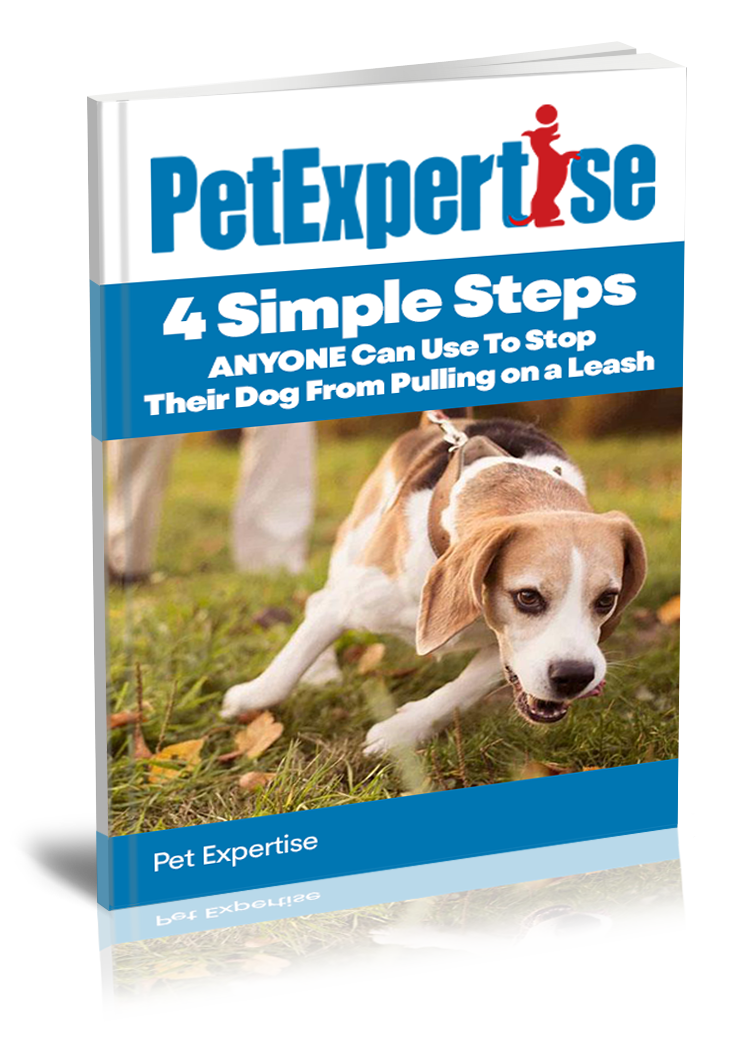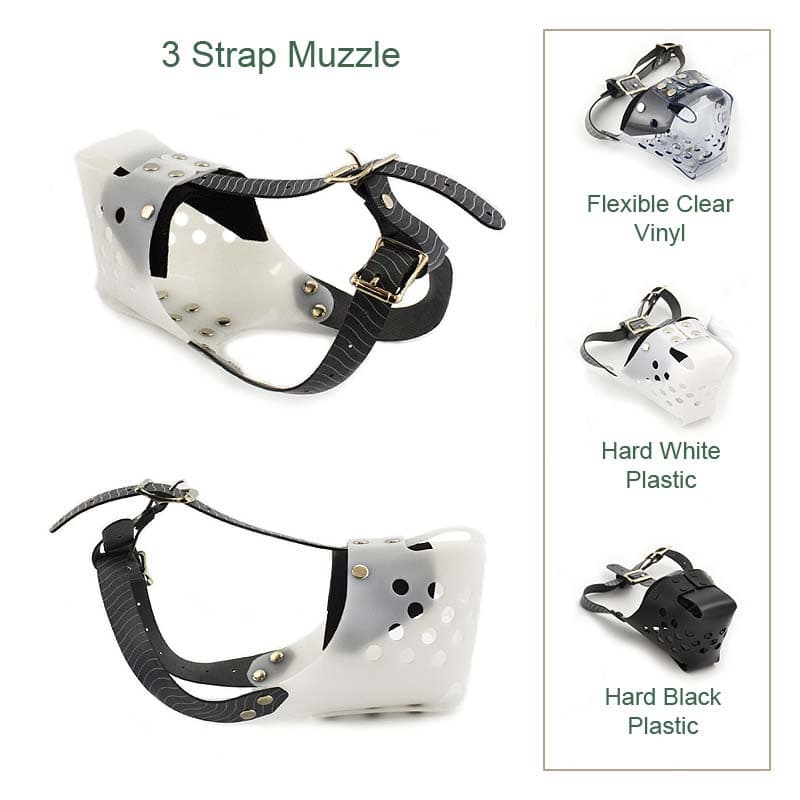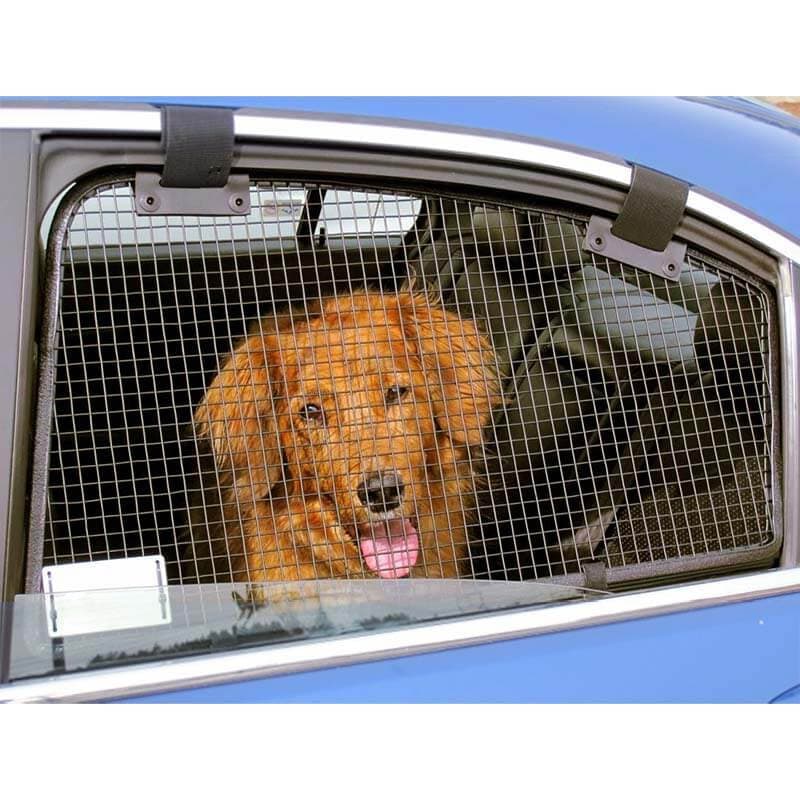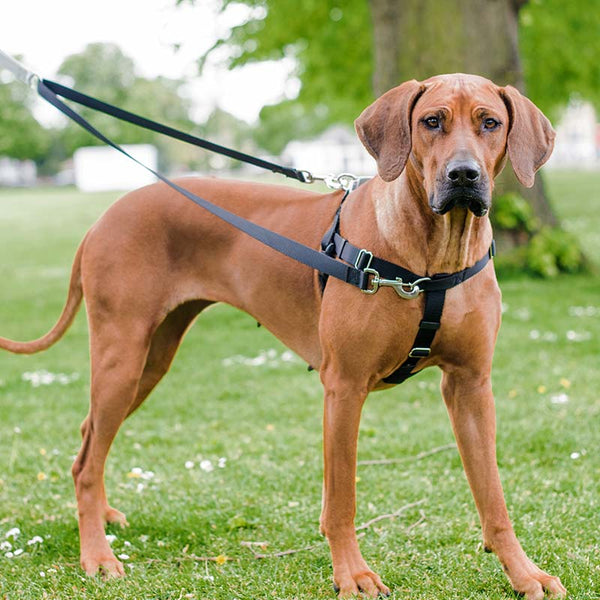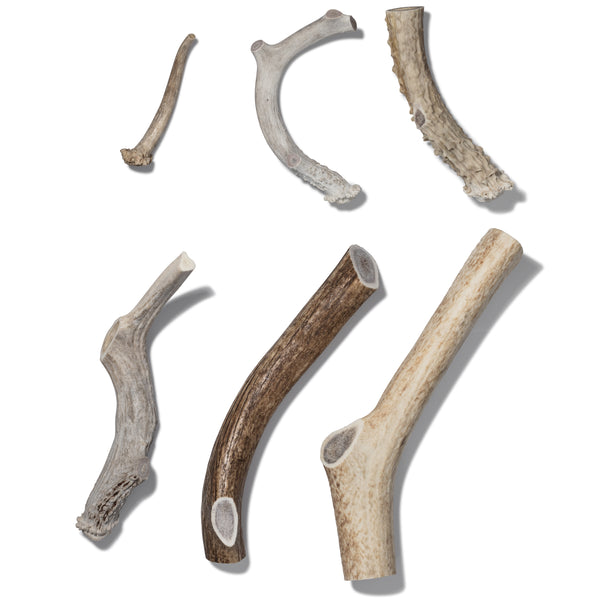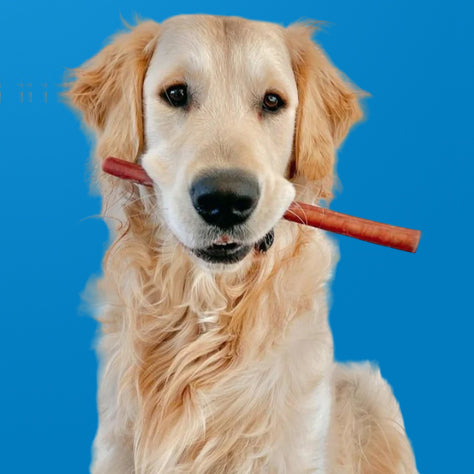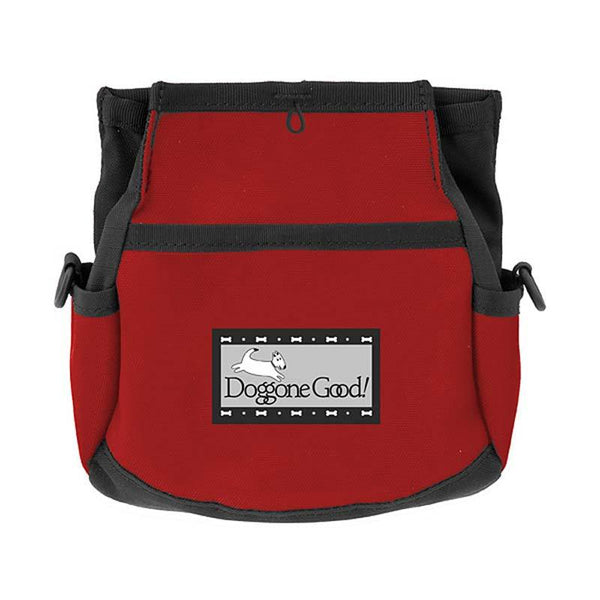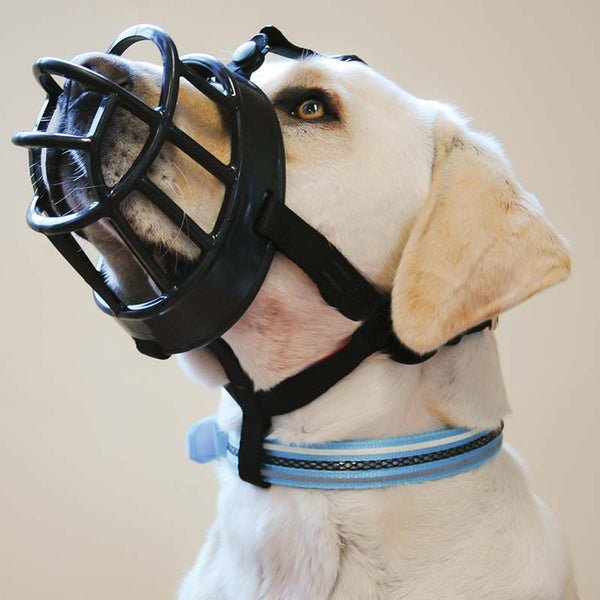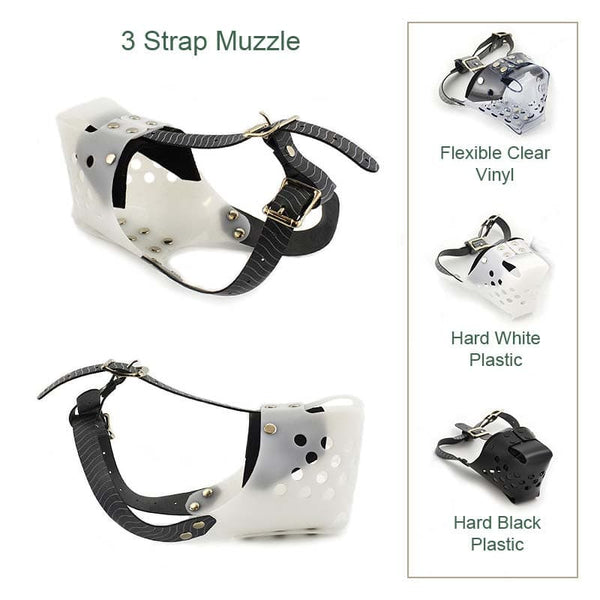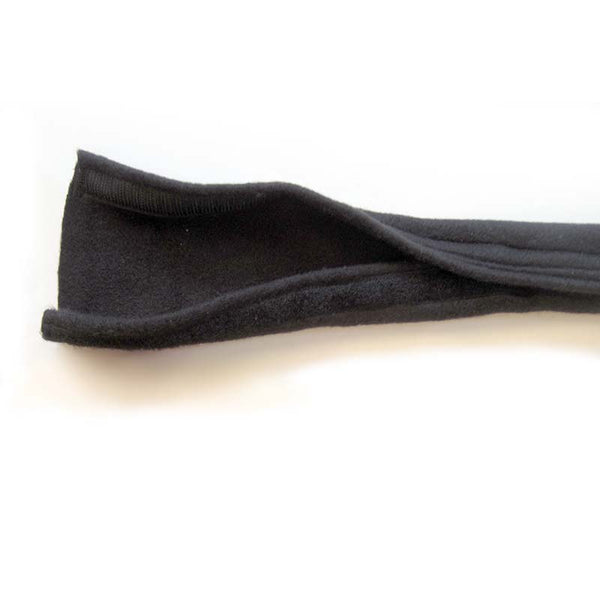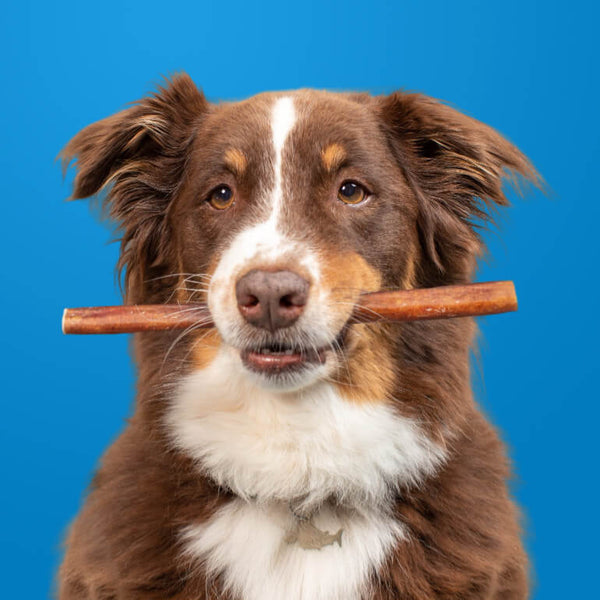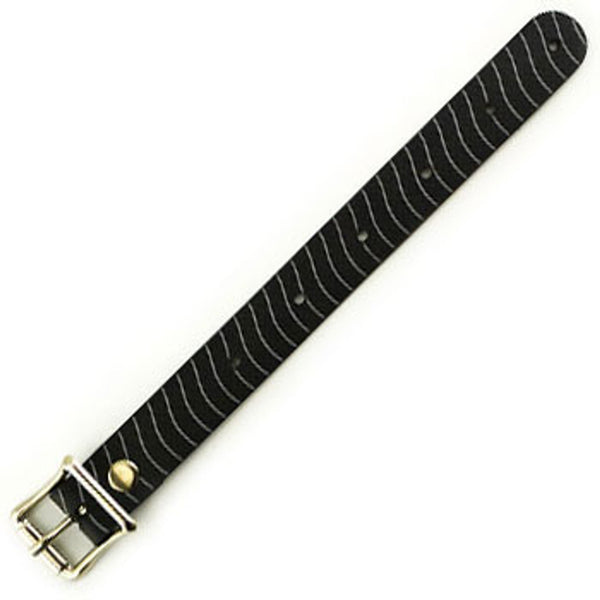Puppy Socialization Article by Jules Nye
The Truth About Socializing Puppies!
What is puppy socialization? Why is it so important? What are the dangers of exposing my puppy to the world? These are very common questions we hear all the time.
There are two schools of thought, neither of which is completely correct.
There is an extremist viewpoint from some veterinarians advising puppies should not go, do, meet, or interact with anyone, anything, anywhere, until the puppy has had all its vaccinations (which is around four months old.) You might as well put your puppy in a plastic bubble. This is about equal to a 12 year old child. If you lived in "a plastic bubble" until you were 12, how socially functional would you be? You wouldn't. This method is detrimental to a dog's mental health!
On the flip side, there is an extremist viewpoint from some professional behaviorists advising puppies should go, do, meet, or interact with anyone, anything, anywhere. This exposure, while having an extremely well adjusted social pet is senseless as well. There are diseases and sicknesses out in the world that can kill puppies or make them very ill. And if you have a sick puppy, then you can't socialize him anyway. This method is detrimental to a dog's physical health!
Bottom Line:
Use common sense when socializing your puppy. Yes it is important to expose your puppy to different people, places, dogs, noises, toys, animals, and the world around him; while paying close attention to his safety. It's awfully tempting to want to show off your new puppy, but taking him to pet stores, dog parks, or other places where other dogs frequent (and go potty) can cause trouble. Introduce your puppy to people you know who have friendly, healthy dogs. Join a puppy class or doggie day care that screens puppies before enrollment. Leave the TV on for the puppy to adjust to different sounds. Puppy-proof your home and supervise while he is exploring around the house. Let your puppy learn his own coping skills by walking around on his own feet in safe, clean places. Never force your puppy into something that scares him. Dogs go through "fear periods" and must have good experiences during these short phases of development. Instead, try to encourage your puppy with something fun and associate something good with the "scary thing." Some puppies will act how we react toward the "scary thing." (If you act like rain is a horrible thing, then you will create a dog who hates the rain). Have fun in controlled situations! Let the puppy know the world is a wonderful place with many different kinds of people, dogs, places, etc. And be sure to keep your puppy current on vaccinations and check ups. You want a dog who is healthy both physically and mentally!
Keep in mind that dogs do not age exactly seven "dog" years to every one "person" year. This number isn't accurate because it is only an average. During the first and last stages of life a dog ages much faster. During a dog's prime, the rate of aging slows down dramatically. So the 7 to 1 average is only that, an average, and only remotely accurate during a dog's prime. Most people have heard of dogs becoming teenagers when they hit six months old and that dogs are considered to be an adult dog when they are about one year old. An adult isn't seven years old. An adult is about 18 years old.
The point is, there is a very specific time frame for socializing a dog. Most socializing happens before 4 months old! Once past it, you will have a dog who isn't very open to anything new, hesitant or fearful, or introducing the world can take much longer. The entire point of socializing is exposing a dog to new experiences so the dog can learn his world and how to behave within it. The sooner the dog learns the rules of his society, the sooner the dog will start practicing good behavior. There is a huge difference between meeting fifty different dogs once or meeting one dog fifty times. Dogs should meet many different dogs and many different people (male, female, race, age, wearing hats, etc). For naturally shy dogs, try "strangers have the best candy" method when meeting people. Basically, each different person gives the dog a small treat. This is usually enough to associate good things and open a dog up to meet new people.
Remember socializing is exposure with a good experience! Forcing your puppy to encounter things he is unsure of will only make your puppy more scared in the future. Whether you are meeting someone with a hat on, trimming nails, running the vacuum, or walking on a leash for the first time, always remember, "Will this be easier next time?" It makes no sense to win the battle and loose the war! For example, if you go to trim nails (and please be educated on how to trim nails before trying) and your puppy pulls his paw away, let him!!! Then calmly take his paw in your hand again. If he pulls away again, let him have his paw back again. The calmly take his paw back... You take the fear out of the equation instead of increasing fears this way. May be use some food to distract and reward during the first several trims. All too often I see people vice grip their poor puppy to force nail trims and wonder why he runs for the hills when the nail trimmers come out. It is completely OK to only trim three nails and stop. Then trim a few more and stop. Loose the battle (won't trim every single nail at first), but win the war (eventually when your dog is used to being handled you can trim all nails without a struggle).
If you really want to jump start socialization use a clicker. My favorite clicker exercise is the "What's That" game using the Socialization Scavenger Hunt (see example chart below). Basically you click the microsecond the puppy looks at (or hears) something new, before he even has a chance to react. The very first time your puppy sees a jogger, C/T (click a clicker and feed a treat). When the puppy looks back there's another opportunity to C/T. Treat the "What's That" game like eye targeting. When you're on a walk and your puppy sees a kid, C/T. What starts to happen is kids (or whatever you are C/T) becomes psychologically paired with pleasant feelings. Chances are, your puppy will start to want to meet, greet, or interact with kids. You can do the same "What's That" game with sound. In our training classes, every time a dog barks in class, every owner (but the barking dog's owner) C/T their dog every time they hear barking. Meanwhile, the owner's of the dog that is doing the barking wait for any other behavior to reward. Sooner than later, all the dogs in class don't pay much attention to barking dogs and the barking itself becomes a cue to look at their owner for goodies. How does this help? Because:
Exposure to something new + Pleasant Rewarding Consequence = Proper Socializing
See (or hear) something new + C/T = chances are the more at ease the puppy will be around that item
For shy puppies the "What's That" game is the best starting point. All too often socialization is rushed and accidentally forced upon the puppy. Interacting, or the "meet & greet" is always the last step. Seeing (or hearing) is the first step. Then approaching the new thing is the next step. Then the meet & greet is the final step. I had a Sheltie breeder in Ohio call me about a dog she placed in my area. The owner thought it was a good idea to hand off the puppy to lots and lots of people. By accidentally not taking into consideration socialization is always from the puppy's view point, and the fact that this particular Sheltie was shy, people were a touch scary. "Strangers have the best candy" only works if the puppy wants to go up to the "stranger" and getting treats trumps being around the person. In this case, the puppy was passed to about 200 different people and held. In three months this created a people phobic dog. Had the owner played the "What's That" game instead there probably would have been a different outcome.
Another great clicker game is the "Target Practice" game. Teach your dog a simple nose target using a target stick. Then C/T your puppy targeting near new things. Sometimes the puppy gets a C/T ten feet away from the new thing. (Remember to start with realistic expectations). Sometimes the puppy gets the C/T right by it or even targeting the new thing itself.
Once your puppy has a solid sit or down, play "Sit Happens" or "Down with This" game. Basically, the same as the "Target Practice" game but you want for the puppy to sit or down near, by, under, on, in, or next to the new thing.
The important thing to remember is to be realistic. We want to create a foundation of emotional & mental stability. So never keep making the criteria harder. Puppies learn quickly that it only gets harder and harder if we only get closer and closer. And in puppy land, this would be the equivalent of sucking the fun right out of Disney World. A good game plan is to have several easier trials and throw in a realistic harder trial followed by more easier trials. In other words, if your puppy is shy around new people try a target at 20 feet away, then 15, then 18, then 22, then 16, then 15, then 19, then 12, then 20... Definitely use the "loose the battle to win the war" mentality here!
Exercises (described above):
What's That: C/T eye contact with new things, or C/T hearing new sounds
Target Practice: C/T a nose target near new things
Sit Happens: C/T for sit near new things
Down with That: C/T for down near new things
Socialization Scavenger Hunt: (Can you get your puppy to meet all of these before the age of 4 months?!)
- 10 tall people
- 10 average height people
- 10 short people
- 10 people wearing glasses
- 10 people wearing hats or hoods
- 30 friendly, healthy dogs
- 50 different sounds
- 5 things red
- 5 things blue
- 5 things orange
- 5 things green
- 5 things purple
- 5 things yellow
- 1 body of water, river, stream, or pool
- 10 different vehicles
- 8 things that are not in your house
- 15 things you can only find outside
- 20 different ring tones
- 5 different surfaces (sand, grass, concrete, etc)
- the vacuum
- something shiny
- 20 different dog toys
- a fence
- 5 street signs
- their crate
*Every veterinarian has his or her own protocol and beliefs about vaccines, including when to give them and how often. Most veterinarians give the same core vaccines and usually administer every one to three years for adult dogs, or according to state law. This chart is only an estimate and is not meant to be all-inclusive. Ask your veterinarian about your own pet(s) health needs. Also remember to check into pet insurance and compare policies. Plus, remember nutrition and healthy food makes for less problems and a healthier dog.
Remember:
*Lots of exposure to new experiences with positive rewarding outcomes.
*Positive outcome means the puppy had a good time with the new experience.
*Exposure means people, places, things, sounds, smells, dogs, cats, etc.
*It's OK to loose the battle and win the war.
*Most socialization happens before four months old.
*Use common sense when bringing your puppy to public places for health reasons.
*Each and every interaction with the world teaches your puppy something.
Click for our article on socializing puppies that are afraid of people. & a Second article on Socializing Shy Dogs by Amy Cook, PhD
And another socialization article by Katie Rogers
Happy Training!
~ Jules
Jules Nye CPDT-KA, KPACTP
Sit Stay & Play
Phone: 443-791-3647
CCPDT Certified Pet Dog Trainer
KPA Karen Pryor Certified Training Partner
ARC Pet First Aid Authorized Provider
Animal Behavior College Mentor Trainer
AKC Canine Good Citizen Evaluator
Member: APDT, IAABC, MAAPPPT, TrulyDogFriendly
- Choosing a selection results in a full page refresh.
- Press the space key then arrow keys to make a selection.

